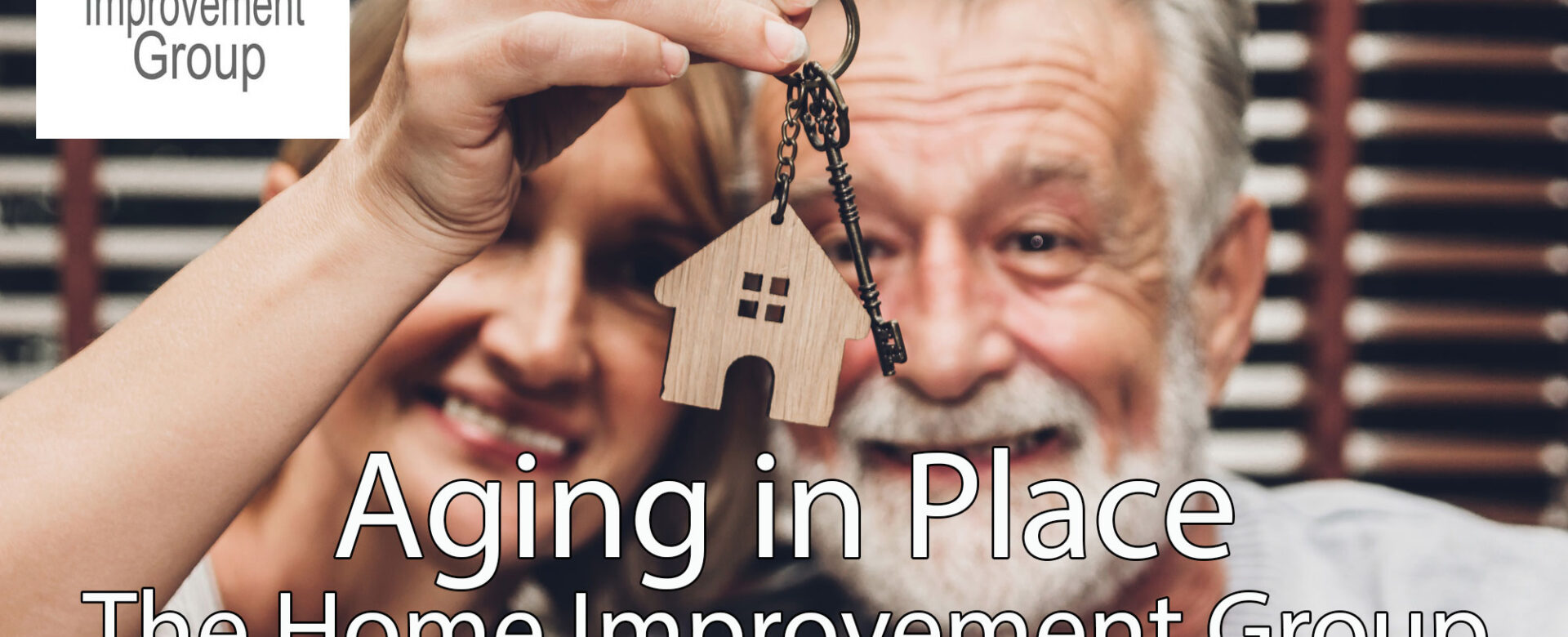New technologies are making Aging in Place a viable option to retirement living.
- Telehealth and telemedicine make it easy and affordable to receive professional attention from the comfort of one’s home.
- Food and meal delivery services are more robust than at any point in history. These options make it easier than ever to deliver nutritious food to elderly folks who might not have the ability to do a lot of food shopping and preparation.
Below are some home modifications to consider in creating the best Aging in Place environment.
Advanced Home Modifications
Some home modifications are more involved and should not be attempted on your own. By calling in a professional to tackle some of these tasks though, you can make your home safer and more comfortable for years to come.
- Install grab bars.
As keeping your balance becomes more difficult, having grab bars in various spots around your house can be the difference between catching yourself just in time or falling down. Your bathroom, your hallway, and next to your bed are all smart spots to add grab bars.
- Widen your doorways.
If your mobility issues ever reach the point where you need a wheelchair, a walker, or even just crutches, have more space to get through your doorways will be a blessing (and in some cases, required). It’s not a simple project, but at a certain point, widening your doorways could be the thing that keeps your home accessible to you.
Stair lifts are costly, but if you have stairs in your home and can no longer walk up and down them safely, then it’s an important addition to your home. Some forms of insurance may help cover the cost of stair lifts, so if you feel you need one but find the cost prohibitive, it’s worth doing some research to see if part of the cost will be covered for you.
- Install a walk-in tub.
Getting in and out of the tub is one of the most difficult and risky tasks a senior faces once they start to have mobility and balance issues. Like a stair lift, a walk-in tub is a pretty costly addition to your home, but one that can increase the ease and safety of bathing considerably.
- Install wheelchair ramps.
Finally, any senior that starts to need a wheelchair to get around will need wheelchair ramps installed in various places around the home. Wheelchair ramps won’t become necessary for all seniors, but for those that do need them they’ll make all the difference in being able to stay in your own home.
While some of these home modifications get expensive, they can help you save money overall in comparison to the cost of health expenses associated with a fall or a nursing home. And more to the point, your safety has to be one of your top concerns as you age. Proper home modifications do the important job of increasing your comfort, but also the crucial one of increasing your level of safety in your own home.





